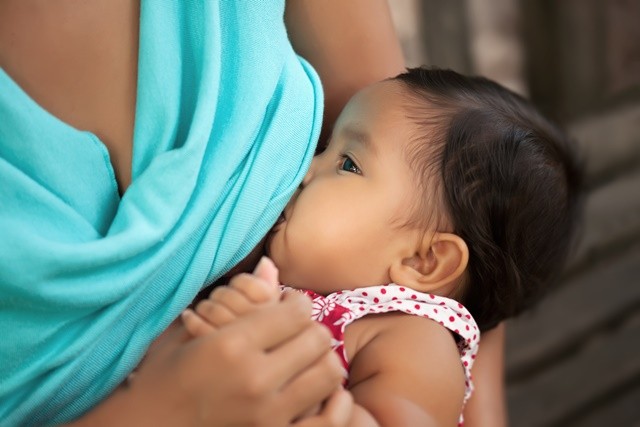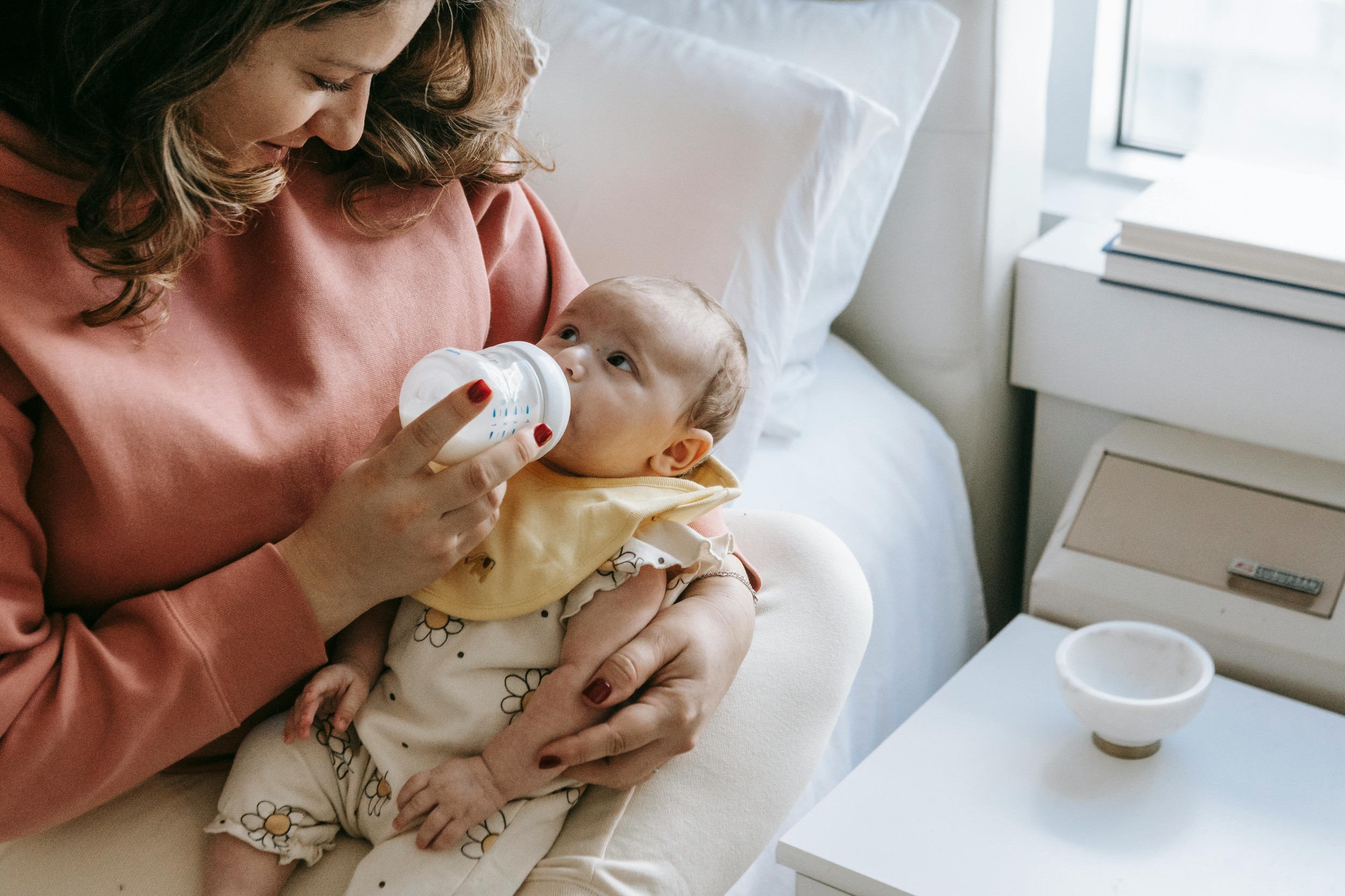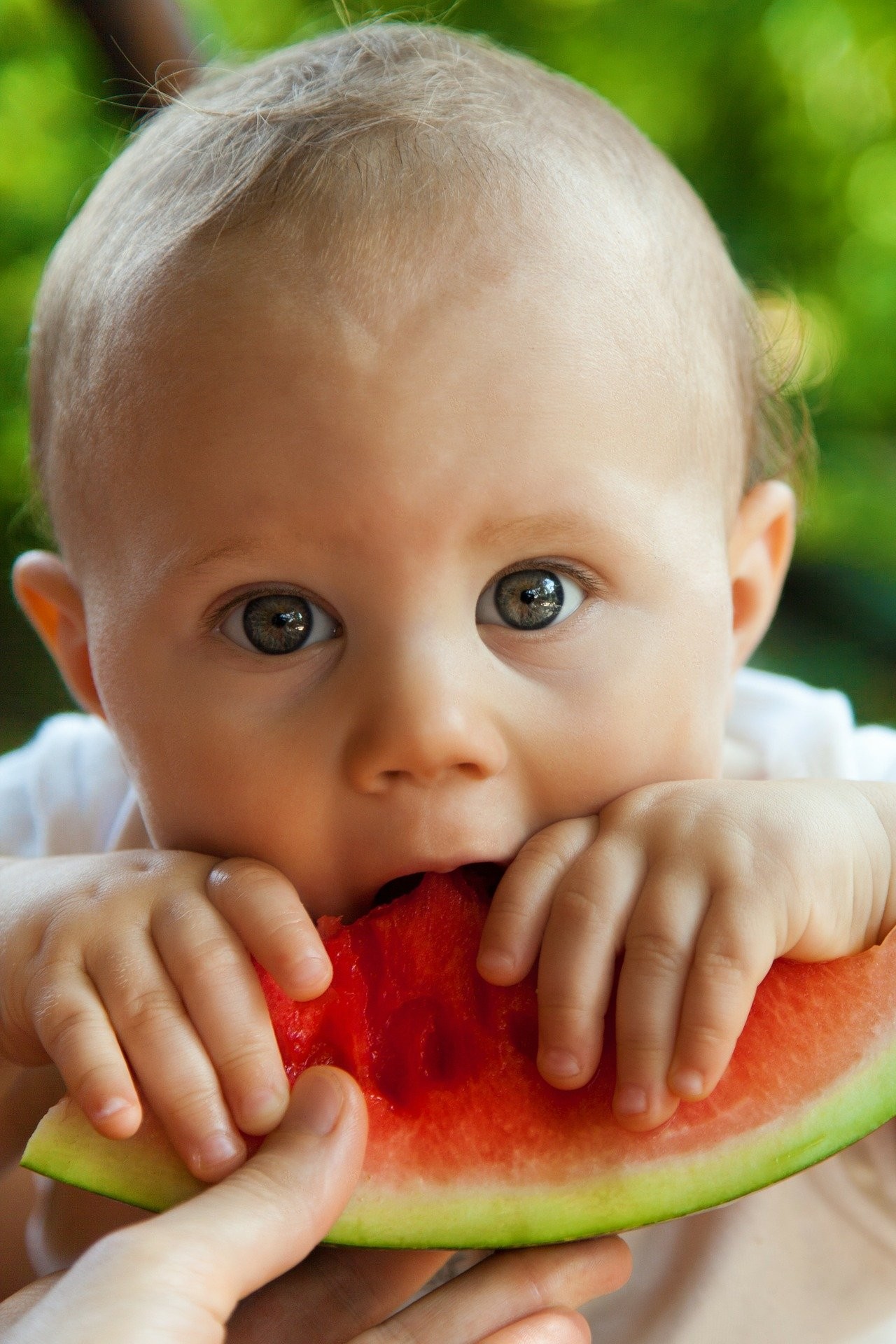Being born can be a tiring and stressful time for your baby, and we now know that the best way to help your baby adapt to his new environment is to hold them in skin-to-skin contact. This is one very simple step that every mother can take to welcome her baby into the world and help make sure that her baby gets everything they need in those first few hours. No matter how you choose to feed your baby, spending some time in skin-to-skin contact is very beneficial.
After delivery your baby will be gently dried and then placed on your chest, (it’s fine to have a nappy on your baby, just in case!) and a warm blanket may be placed over you. You can then spend some time getting to know him or her.
Because this is such a special time the staff will not hurry you, it is exactly what your baby needs to calm them after their journey through labour and delivery. This means their heartbeat and breathing will be better controlled and getting used to life in the new world will be so much easier. If you or your baby is unwell and unable to have contact immediately after birth, skin-to-skin contact can start as soon as you are both well enough.
You can have skin-to-skin contact as often as you want with your baby, it’s a great way to calm your baby and let you both get to know each other, and the more time you spend in skin-to-skin contact the quicker this will happen.
Why would my baby choose skin to skin contact?
There is lots of evidence about the many benefits of skin-to skin contact. We know that babies who have spent an hour in skin contact are significantly less stressed after the birth experience, this means that their breathing and heart rate are more stable, they cry less, and when they start to feed, they digest their food better.
A mother’s chest area is significantly warmer than other parts of her body - ready to welcome her new baby and prevent them from cooling down - which is a significant risk. Your baby has been lovely and warm in your uterus (at around 37 degrees) whereas the labour room will be significantly cooler, and they are wet - it’s like getting out of the swimming baths, you need to get dry and warm quickly.
Being close to mum will help pick up some of the friendly bacteria from your skin and help protect from catching infections.
How will skin-to-skin contact help me with breastfeeding?
When in skin-to-skin contact your baby is close to their food. They can see and smell the nipple/areola and this acts as a draw to encourage them to start to breastfeed. In addition, holding your baby in this way will help trigger the release of the hormones that help your breast milk to start to flow and also help you to bond with your baby and feel confident to look after them.
When else should I think about using skin-to-skin contact?
Skin contact will help in any situation where your baby needs help to calm down, so a hungry or fractious baby will benefit. It will also help to trigger feeding if your baby is slow to feed or sleepy and also help with any breastfeeding difficulties you may have such as if your baby is not gaining weight well.
You can enjoy skin-to-skin contact at any time with your baby and it is also a lovely way for dad to feel close to baby. Many dads speak of the special bond that forms when they hold their baby next to their skin in this way.
Find out what to expect in the first few days after your baby is born: Breastfeeding



